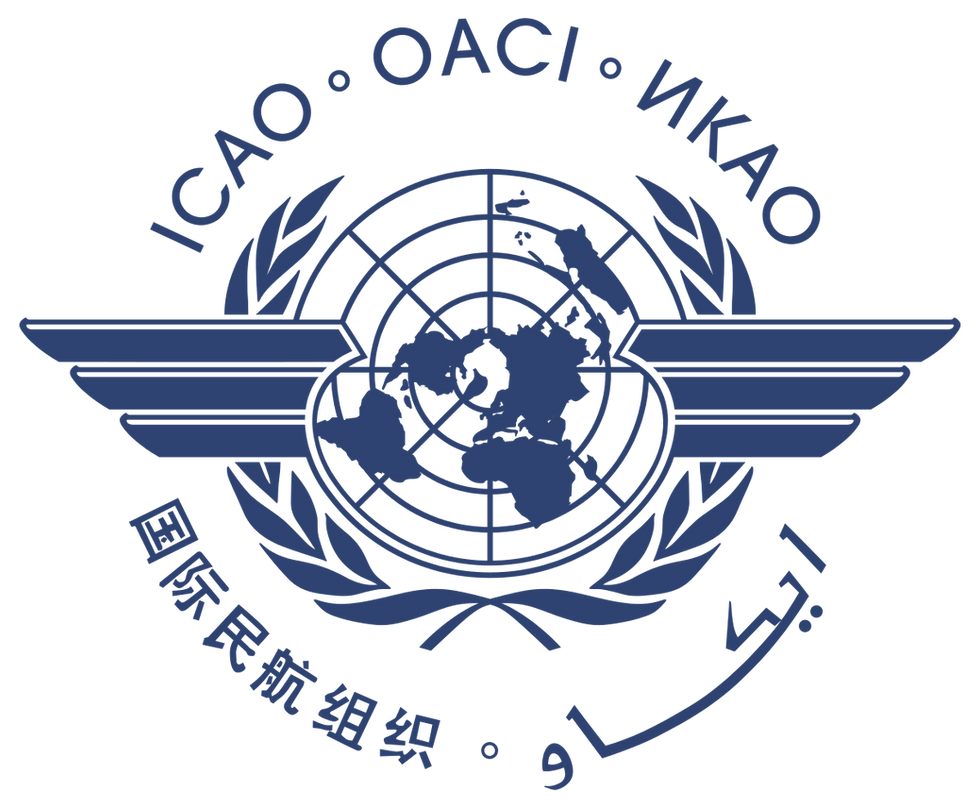Navigating FAA Regulations, Maintenance Rules (Part 43 and Part 145), and Airworthiness Directives f
- ADMIN

- Jul 11, 2023
- 3 min read
Introduction:
The aviation industry operates within a comprehensive regulatory framework designed to ensure the safety and reliability of aircraft. Within this framework, the Federal Aviation Administration (FAA) plays a pivotal role by setting and enforcing regulations related to aircraft maintenance and airworthiness. Two significant components of this regulatory landscape are Part 43 and Part 145 of the FAA's maintenance regulations, along with Airworthiness Directives (ADs). This article delves into these regulations, their importance, and how organizations can navigate them effectively to maintain compliance and enhance safety.

Understanding FAA Regulations:
FAA regulations encompass a wide range of requirements and guidelines that govern various aspects of aviation operations. These regulations aim to ensure the safety of aircraft, passengers, and crew. They cover areas such as aircraft certification, pilot licensing, maintenance standards, operational procedures, and more. Adherence to FAA regulations is mandatory for all aviation stakeholders, including operators, maintenance providers, and individuals involved in aircraft operations.
Maintenance Regulations: Part 43 and Part 145:
Part 43 of the FAA's maintenance regulations outlines the requirements for the maintenance, preventive maintenance, and alteration of aircraft. It establishes the criteria for performing maintenance tasks, the qualifications of maintenance personnel, and the documentation necessary to demonstrate compliance. Part 43 applies to both certified and non-certified aircraft, providing guidelines for maintenance activities to ensure airworthiness and safety.
Part 145, on the other hand, focuses on the certification of repair stations. It sets forth the requirements and procedures for obtaining and maintaining a repair station certificate. Compliance with Part 145 is necessary for entities engaged in the maintenance, repair, and overhaul of aircraft, aircraft components, and appliances. Repair stations must meet stringent standards related to personnel qualifications, facility requirements, documentation, quality control, and recordkeeping.

Airworthiness Directives (ADs): Airworthiness Directives (ADs) are regulatory instruments issued by the FAA to address unsafe conditions in aircraft, engines, propellers, and appliances. ADs are based on identified design, manufacturing, or maintenance flaws that could compromise safety. Compliance with ADs is mandatory and requires affected operators, owners, and maintenance organizations to take corrective actions within specified timeframes. ADs often involve inspections, repairs, or modifications to rectify the identified safety issues. Importance of Compliance and Safety: Compliance with FAA regulations, including Part 43, Part 145, and ADs, is of paramount importance for several reasons. Firstly, compliance ensures the airworthiness of aircraft, reducing the risk of accidents or incidents caused by mechanical failures or maintenance deficiencies. Secondly, adherence to regulations helps organizations avoid penalties, legal consequences, and potential damage to their reputation. Finally, a commitment to compliance enhances operational efficiency, as properly maintained aircraft tend to have fewer delays and disruptions. Navigating the Regulatory Landscape: To navigate FAA regulations effectively, organizations should establish robust systems and processes. This includes implementing comprehensive maintenance programs that align with the requirements outlined in Part 43 and Part 145. Organizations must ensure that maintenance personnel possess the necessary qualifications, training, and certifications as prescribed by the FAA. Additionally, diligent recordkeeping and documentation of maintenance activities are crucial to demonstrate compliance during inspections. Regarding ADs, organizations should establish mechanisms to promptly identify and track applicable directives. Regularly reviewing and incorporating ADs into maintenance planning and scheduling is vital. Collaboration with manufacturers, industry associations, and regulatory bodies can provide valuable insights and updates on ADs, ensuring compliance with the latest requirements. Risk Mitigation and Continuous Improvement: In addition to compliance, organizations should prioritize risk mitigation and continuous improvement in their maintenance practices. This includes fostering a culture of safety and open communication, conducting regular inspections, and embracing preventive maintenance strategies. Staying informed about technological advancements, industry best practices, and emerging trends enables organizations to enhance safety and operational efficiency. Conclusion: Compliance with FAA regulations, specifically Part 43 and Part 145, along with adherence to Airworthiness Directives (ADs), is essential for ensuring safety and airworthiness in the aviation industry. These regulations provide a comprehensive framework for aircraft maintenance, repair, and overall operational integrity. By establishing robust systems, prioritizing compliance, and implementing effective risk mitigation strategies, organizations can navigate the regulatory landscape successfully, enhance safety standards, and contribute to a thriving and secure aviation environment.



Comments